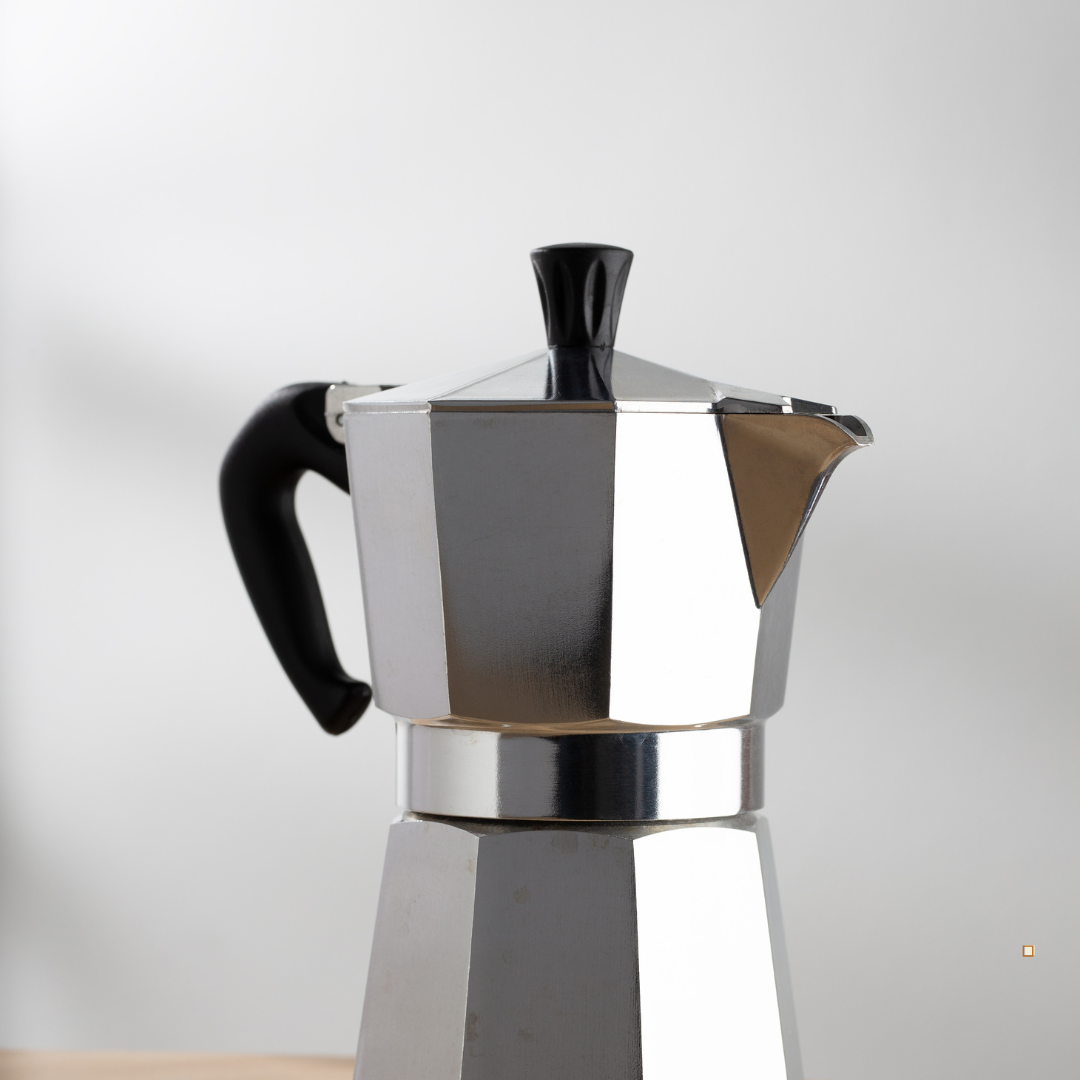
Can You Use Decaf Ground Coffee in a Moka Pot?
When brewing at home, have you considered using decaf ground coffee in a moka pot and still achieve a rich, smooth flavor. The truth is, there’s no reason you can’t enjoy an exceptional cup of caffeine-free espresso-style coffee using this classic stovetop method. As someone who has spent countless hours fine-tuning my own brewing techniques, I understand the challenges that come with decaffeinated beans, and I’ve learned how to coax out their full potential. Here are some insights into why your moka pot and decaffeinated blends are a match made in coffee heaven, and how to overcome common hurdles so you can savor every sip.
Why the Moka Pot Is Ideal for Decaffeinated Brews
The moka pot, with its iconic aluminum shape and old-world charm, is a wonderful tool for extracting the deep, concentrated flavors from specialty grounds. Unlike a drip coffee maker, the moka pot uses pressure to push hot water through your coffee, yielding a robust, intense drink. Many people worry that going decaffeinated means sacrificing taste, but carefully chosen decaf ground coffee can deliver just as much complexity and nuance as traditional beans. By selecting a medium or dark roast, you’ll highlight the nuttier, chocolatey notes in your decaf, giving you a decadent flavor profile akin to a full-bodied espresso. The gentle pressure and slower extraction process help preserve subtle aromatics, making this beloved stovetop brewer the perfect stage for your caffeine-free performance.
Grinding and Roast Level: Finding Your Sweet Spot
Decaffeinated beans often require slight adjustments to ensure they brew as beautifully as their caffeinated counterparts. While you can purchase pre-ground coffee for convenience, experimenting with your grind size and roast level can greatly improve your final cup. Aim for a consistency similar to granulated sugar—this helps the water flow smoothly through the filter, extracting ample flavor without over-extraction. If you’re using decaf ground coffee that’s pre-packaged, consider testing different brands or roast profiles until you find one that produces the sweet, balanced flavors you crave. When selecting your beans, keep in mind that lighter roasts tend to highlight brighter acidity, whereas darker roasts emphasize deeper chocolate and caramel undertones. Adjusting these variables might seem like a small detail, but it can completely transform the experience in your cup.
Adjusting the Extraction Process for a Balanced Cup
Brewing decaffeinated blends in a moka pot may require a bit of finesse to achieve harmony between flavor and aroma. Since the caffeine-removal process can sometimes alter the bean’s internal structure, timing becomes even more critical. Pay close attention to when the coffee starts gurgling up into the top chamber. If it seems to spurt too quickly, try reducing your heat slightly. Slower extraction allows your coffee to develop complex flavors and balanced sweetness, rather than tasting thin or bitter. Don’t be afraid to experiment: start with medium heat, then fine-tune as you go along. By carefully controlling your temperature and timing, you can find that sweet spot where your coffee tastes smooth and rich, with none of the harshness that decaf sometimes gets a bad rap for.
Overcoming Common Decaf Challenges
One frequent concern I hear is that decaffeinated beans can sometimes lack the depth or intensity of regular coffee. However, simply ensuring the right brew method can solve this issue. The moka pot’s pressure-driven extraction method is a powerful way to coax more nuance from your chosen blend. Choosing decaf ground coffee crafted specifically for espresso-style brewing often yields a fuller, more rounded flavor. Some decaf beans go through a water process that preserves more of their natural oils, resulting in a thicker, richer mouthfeel. If you find your coffee tasting flat, adjusting the grind, using fresher beans, or experimenting with darker roasts can recapture the complexity you’re seeking. Remember, patience and persistence often pay off when it comes to finding that perfect flavor balance.
Storing Your Coffee for Maximum Freshness
Even the finest coffee can fall short if it’s not stored properly. Decaffeinated beans are just as vulnerable to staleness as any other coffee, so keep them in an airtight container in a cool, dry place. Avoid exposing them to direct sunlight or humidity, as these factors degrade delicate flavors and aromas. If possible, buy smaller batches of beans more frequently instead of stocking up for months at a time. By doing so, you ensure that each pot you brew maintains the aromatic qualities and delightful complexity you’ve come to expect. When you treat your decaf with the respect it deserves—choosing the right roast level, perfecting your moka pot technique, and protecting it from the elements—it will reward you with a truly satisfying cup.
How We Can Help Elevate Your Decaf Experience
The quest to perfect your coffee is a personal journey, and using decaf ground coffee in a moka pot is a challenge you can readily master. With mindful adjustments to grind size, roast level, and heat control, there’s no reason you can’t enjoy a smooth, full-flavored decaffeinated brew at home. At Frontier Coffee Roasters, we understand the intricacies of decaf: we offer a variety of bean options, each selected and roasted with care. Whether you’re looking for small-batch roasted blends that highlight subtle tasting notes, premium coffee beans sourced through our trusted importer, or the convenience of fast delivery, we’re here to help you fine-tune your caffeine-free experience. Don’t settle for dull cups—let your moka pot unlock the flavorful potential hidden within each and every bean.

